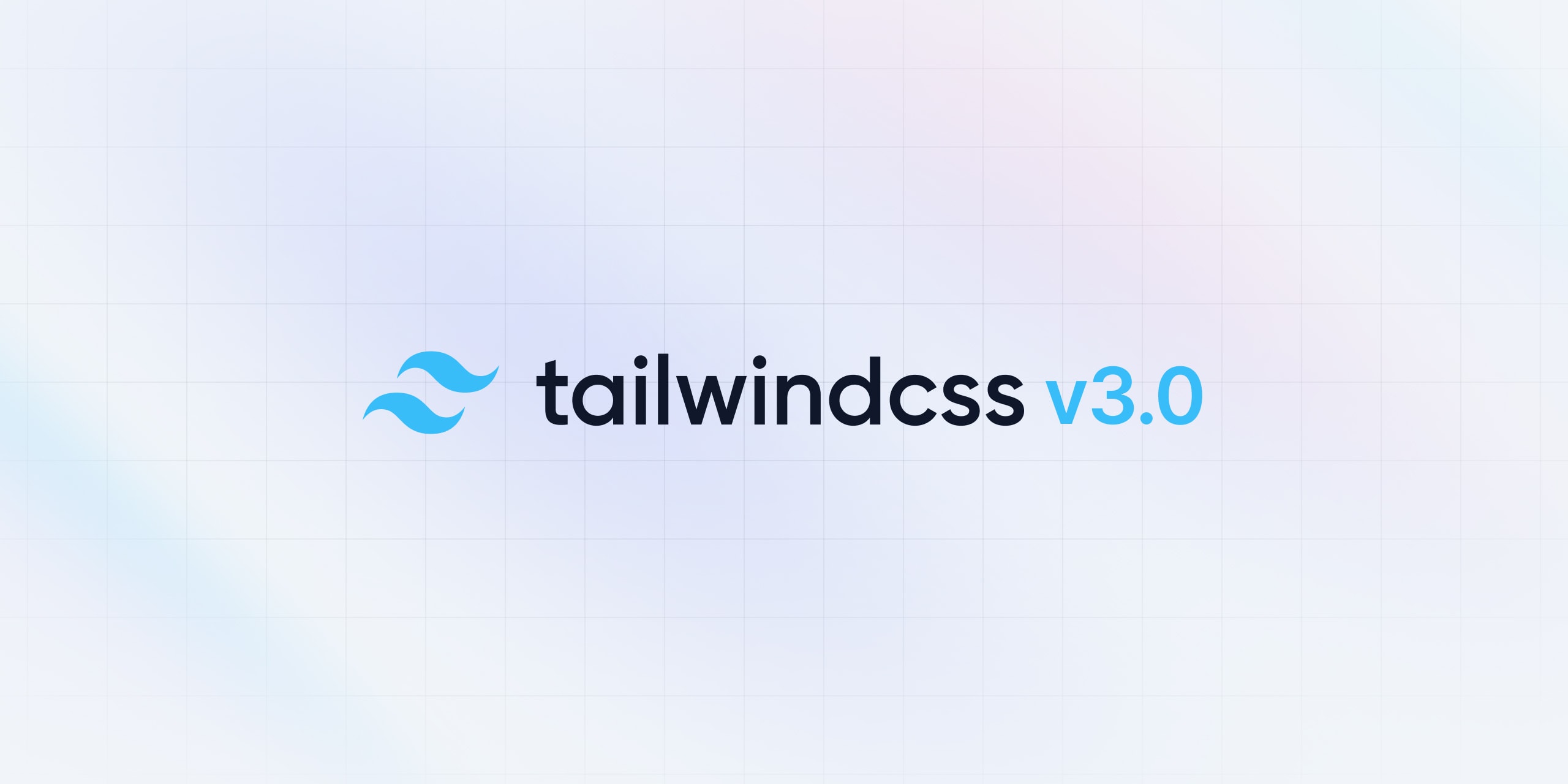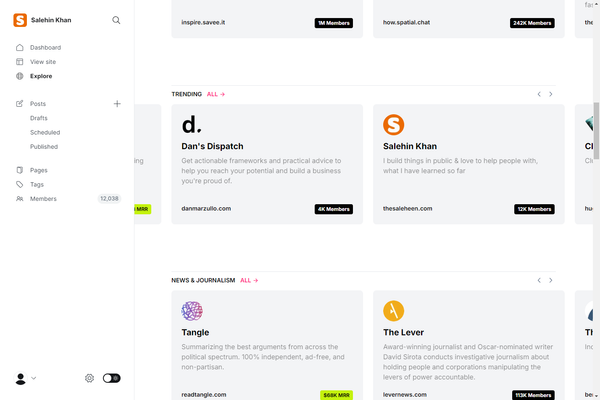The Fab Five: Leading CSS Frameworks of 2023
As a web developer, time is of the essence. That's why CSS frameworks are essential tools that can help you create stunning websites and web applications quickly.

As we have moved into 2023, a few CSS frameworks have stood out as the best, each with its unique strengths and quirks. In this blog post, we'll explore the top 5 CSS frameworks that are sure to pique your interest.
1. Bootstrap: The Crowd Favorite
Bootstrap is widely popular for its strong community support and variety of pre-designed components. Its flexible grid system and vast selection of UI elements make it an ideal choice for quick web development.

Pros:
- Community Powerhouse: Bootstrap boasts a vibrant community, ensuring an abundance of readily available documentation and assistance.
- Grid Grandeur: Its versatile and responsive grid system simplifies the creation of layouts for various screen sizes.
- Component Cornucopia: Bootstrap presents a treasure trove of pre-designed components, effectively cutting down design and coding hours.
Cons:
- Cookie-Cutter Concerns: Its popularity can sometimes lead to websites bearing a striking resemblance to one another.
- Loading Lags: The framework's heftier file size may occasionally result in slower page loading times.
- Aesthetic Adaptation: Customizing Bootstrap's default styles may be necessary to align with a project's unique design vision.
2. Tailwind CSS: The Customization Maestro
Tailwind CSS is the customization maestro, offering developers an extensive set of utility classes to craft unique designs efficiently. Its utility-first approach simplifies creating modern, responsive user interfaces.

Pros:
- Tailored to Perfection: Tailwind CSS offers a myriad of customization options, allowing you to fine-tune it to your exact specifications.
- Swift Development: Crafting responsive, modern UI is a breeze with Tailwind CSS, as it slashes the need for extensive custom CSS code, thereby expediting development.
- Design Harmony: It ensures a harmonious design system across your project.
- Accessibility Advocacy: By promoting semantic HTML and accessibility-focused classes, Tailwind CSS facilitates the development of inclusive websites.
- Scalability Star: Whether it's a petite project or a sprawling application, Tailwind CSS scales seamlessly.
Cons:
- Learning Curve Loop: Its utility-first approach might present a learning curve, necessitating time to master the framework's classes.
- HTML Inflation: Relying on predefined classes can result in excessive HTML markup, potentially complicating maintenance.
- Design Deliberation: While efficient, the utility-first framework may impose some design constraints compared to traditional CSS frameworks.
3. Bulma: The Sleek Simplicity
Bulma shines with its simplicity and flexibility. It offers a responsive grid system and easily adaptable components, making it an excellent choice for those seeking a straightforward and lightweight framework.

Pros:
- Highly Adaptable: Bulma's components are remarkably malleable, accommodating specific design demands.
- User-Friendly: With straightforward CSS classes, Bulma proves a welcoming choice, especially for newcomers.
- Speedy Page Performance: Bulma shines with its smaller file size, leading to snappier page loading times.
Cons:
- Community Compactness: A smaller user base can make finding resources and support more challenging.
- Customization Commitment: Certain components may necessitate more customization effort compared to other CSS frameworks.
- Aesthetic Ambiguity: The design aesthetic might appear less distinct when stacked against other frameworks.
4. Semantic UI: The Natural Navigator
Semantic UI stands out for its intuitive approach to naming classes and components, making it a breeze for developers to create visually appealing and user-friendly interfaces. It's a champion of natural language principles in web design.

Pros:
- Intuitiveness Incorporated: Semantic UI adopts natural language principles for class and component naming, ensuring an intuitive user experience.
- Customization Canvas: It provides a wide range of customization options, enabling developers to craft unique and visually appealing designs.
- Responsive Ruler: The framework is inherently responsive, gracefully adapting to various screen dimensions.
- All-Inclusive Arsenal: Semantic UI furnishes a comprehensive set of pre-built components and styles, simplifying the creation of complex and visually captivating user interfaces.
- Browser Bliss: Designed for cross-browser compatibility, Semantic UI guarantees uniform performance across diverse devices and platforms.
Cons:
- Learning Curve Looms: Especially challenging for beginners new to front-end development.
- Size Matters: The framework's size can lead to slower website loading times.
- Documentation Dearth: Occasionally, finding answers to specific questions or issues may prove daunting.
- Compatibility Conundrums: Semantic UI may encounter compatibility issues with other front-end frameworks or libraries.
5. Foundation: The Flexible Foundation
Foundation prides itself on flexibility and adaptability. It offers a robust grid system and customizable components, making it a versatile choice suitable for various design needs.

Pros:
- Grid Guru: Foundation's adaptable grid system facilitates effortless layout customization.
- Customization Champion: Components are designed to be effortlessly tailored to suit unique design requirements.
- Mobile Minded: Foundation excels at responsive web design, adhering to a mobile-first philosophy.
Cons:
- Documentation Dilemma: Documentation may not be as exhaustive as other frameworks.
- Usability Uptick: Some features may prove less intuitive than their Bootstrap counterparts.
- Community Cohesion: With a smaller user community compared to Bootstrap, seeking resources and support can be a tad more challenging.
As we navigate the ever-evolving landscape of web development in 2023, your choice of CSS framework should align precisely with your project's objectives.
Each of these frameworks shines in its own unique way. Whether you prefer the familiarity of Bootstrap, the customization prowess of Tailwind CSS, the simplicity of Bulma, the intuitive charm of Semantic UI, or the flexibility of Foundation, rest assured that there's a CSS framework to match your development needs in the exciting year ahead.
Happy coding!







